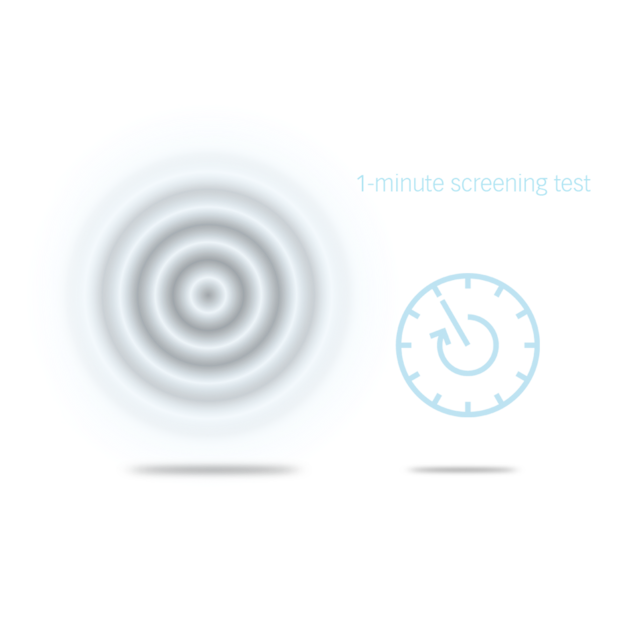Distinguish between normal and abnormal visual fields in typically less than one minute with the Glaucoma Screening Test (GST). This is a purely qualitative test designed to differentiate between normal and abnormal visual fields. It tests 28 locations that are likely to be affected by early glaucoma. Stimuli are presented three times at a brightness level that patients with normal vision should be able to see. If the stimuli are not perceived, the visual field is reliably flagged as abnormal, prompting further examination. Its effectiveness opens up new possibilities for routine visual field assessment.

